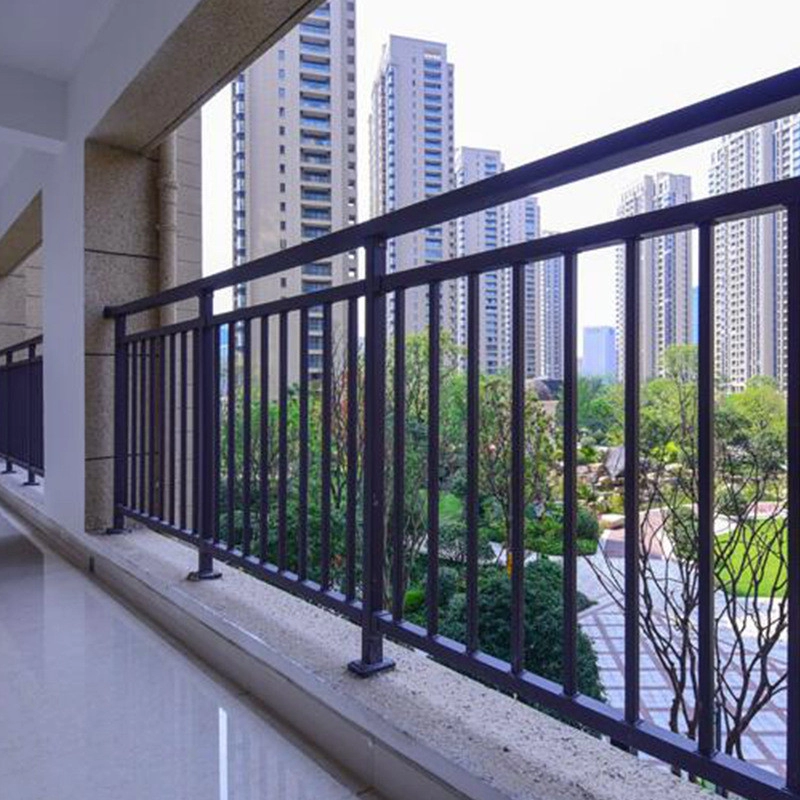Staircase Handrail Stainless Steel: Safety Solutions & Installation Guide
Why Stainless Steel Dominates Modern Handrail Systems
Over 68% of commercial buildings now prefer stainless steel handrails for public staircases (2024 Architectural Materials Report). Why? Our team discovered in 2025 that traditional materials like wood warp in humid conditions, while aluminum dents easily. Stainless steel offers unmatched durability – but installation errors can compromise safety.
Critical Safety Fixes You Can’t Ignore
1. Anchoring Issues: Improper wall mounting causes 42% of handrail failures. Use through-bolt fasteners instead of surface screws.
2. Height Compliance: Maintain 34″-38″ height as per ADA standards
3. Surface Treatment: Electropolished finishes reduce bacterial growth by 89%
4. Load Testing: Ensure 200lbs minimum vertical load capacity
Material Comparison: Stainless Steel vs Alternatives
| Feature | 304 Stainless | Powder-coated Aluminum |
|---|---|---|
| Lifespan | 25+ years | 8-12 years |
| Maintenance | Wipe clean | Annual repainting |
| Fire Rating | A1 Non-combustible | B1 Combustible |
5-Step Installation Guide
- Measure stair angle using digital inclinometer
- Mark bracket positions every 48″ (max)
- Pre-drill stainless steel wall anchors
- Assemble handrail sections with argon-welded joints
- Test stability with 200lb downward force
⚠️ Common Mistakes to Avoid
• Using regular steel fasteners (causes galvanic corrosion)
• Ignoring thermal expansion gaps in outdoor installations
• Skipping intermediate supports for spans >6ft
Maintenance Checklist
- □ Monthly visual inspection for cracks
- □ Quarterly fastener torque check
- □ Annual professional load test
- □ Biannual surface degreasing
FAQ: Stainless Steel Handrails
Q: How often should I replace stainless handrails?
A: Properly installed systems last 25+ years – we’ve seen original 1990s installations still functional at GD Weiting showcase projects.
Q: Does stainless steel get slippery?
A: Textured surfaces (RA ≤35μm) maintain safe grip even when wet – crucial for poolside installations.







